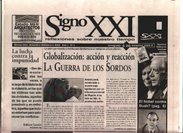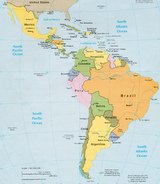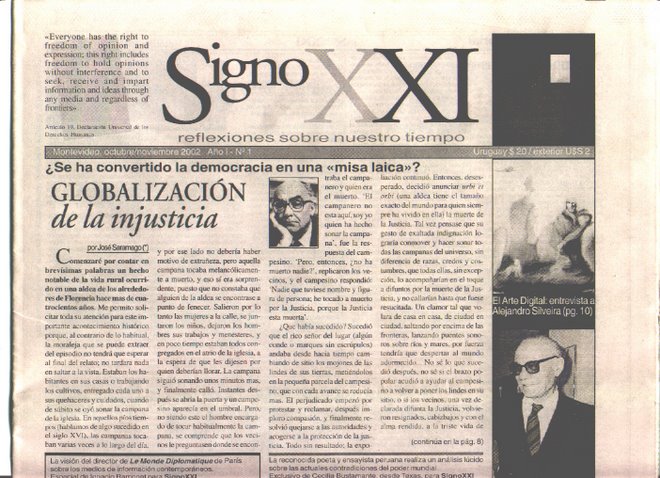The ’60s Begin to Fade as Liberal Professors Retire
MADISON, Wis. — When Michael Olneck was standing, arms linked with other protesters, singing “We Shall Not Be Moved” in front of Columbia University’s library in 1968, Sara Goldrick-Rab had not yet been born.
Readers' Comments
Ask Patricia Cohen a question about generational changes in academia.
When he won tenure at the University of Wisconsin here in 1980, she was 3. And in January, when he retires at 62, Ms. Goldrick-Rab will be just across the hall, working to earn a permanent spot on the same faculty from which he is departing.
Together, these Midwestern academics, one leaving the professoriate and another working her way up, are part of a vast generational change that is likely to profoundly alter the culture at American universities and colleges over the next decade.
Baby boomers, hired in large numbers during a huge expansion in higher education that continued into the ’70s, are being replaced by younger professors who many of the nearly 50 academics interviewed by The New York Times believe are different from their predecessors — less ideologically polarized and more politically moderate.
“There’s definitely something happening,” said Peter W. Wood, executive director of the National Association of Scholars, which was created in 1987 to counter attacks on Western culture and values. “I hear from quite a few faculty members and graduate students from around the country. They are not really interested in fighting the battles that have been fought over the last 20 years.”
Individual colleges and organizations like the American Association of University Professors are already bracing for what has been labeled the graying of the faculty. More than 54 percent of full-time faculty members in the United States were older than 50 in 2005, compared with 22.5 percent in 1969. How many will actually retire in the next decade or so depends on personal preferences and health, as well as how their pensions fare in the financial markets.
Yet already there are signs that the intense passions and polemics that roiled campuses during the past couple of decades have begun to fade. At Stanford a divided anthropology department reunited last year after a bitter split in 1998 broke it into two entities, one focusing on culture, the other on biology. At Amherst, where military recruiters were kicked out in 1987, students crammed into a lecture hall this year to listen as alumni who served in Iraq urged them to join the military.
In general, information on professors’ political and ideological leanings tends to be scarce. But a new study of the social and political views of American professors by Neil Gross at the University of British Columbia and Solon Simmons at George Mason University found that the notion of a generational divide is more than a glancing impression. “Self-described liberals are most common within the ranks of those professors aged 50-64, who were teenagers or young adults in the 1960s,” they wrote, making up just under 50 percent. At the same time, the youngest group, ages 26 to 35, contains the highest percentage of moderates, some 60 percent, and the lowest percentage of liberals, just under a third.
When it comes to those who consider themselves “liberal activists,” 17.2 percent of the 50-64 age group take up the banner compared with only 1.3 percent of professors 35 and younger.
“These findings with regard to age provide further support for the idea that, in recent years, the trend has been toward increasing moderatism,” the study says.
The authors are not talking about a political realignment. Democrats continue to overwhelmingly outnumber Republicans among faculty, young and old. But as educators have noted, the generation coming up appears less interested in ideological confrontations, summoning Barack Obama’s statement about the elections of 2000 and 2004: “I sometimes felt as if I were watching the psychodrama of the Baby Boom generation — a tale rooted in old grudges and revenge plots hatched on a handful of college campuses long ago — played out on the national stage.”
With more than 675,000 professors at the nation’s more than 4,100 four-year and two-year institutions, it is easy to find faculty members, young and old, who defy any mold. Still, this move to the middle is “certainly the conventional wisdom,” said Jack H. Schuster, who along with Martin J. Finkelstein, wrote “The American Faculty,” a comprehensive analysis of existing data on the profession. “The agenda is different now than what it had been.”
With previous battles already settled, like the creation of women’s and ethnic studies departments, moderation can be found at both ends of the political spectrum. David DesRosiers, executive director of the Veritas Fund for Higher Education Reform, which contributes to conservative activities on campuses, said impending retirements present an opportunity. However, he added, “we’re not looking for fights,” but rather “a civil dialogue.” His model? A seminar on great books at Princeton jointly taught by two philosophers, the left-wing Cornel West and the right-wing Robert P. George.
-------------------------------------------------
Ir al Sitio principal Escritos críticos / Ensayos
www.majfud.50megs.com
Reflexiones sobre nuestro tiempo
-------------------------------------------------







No hay comentarios.:
Publicar un comentario